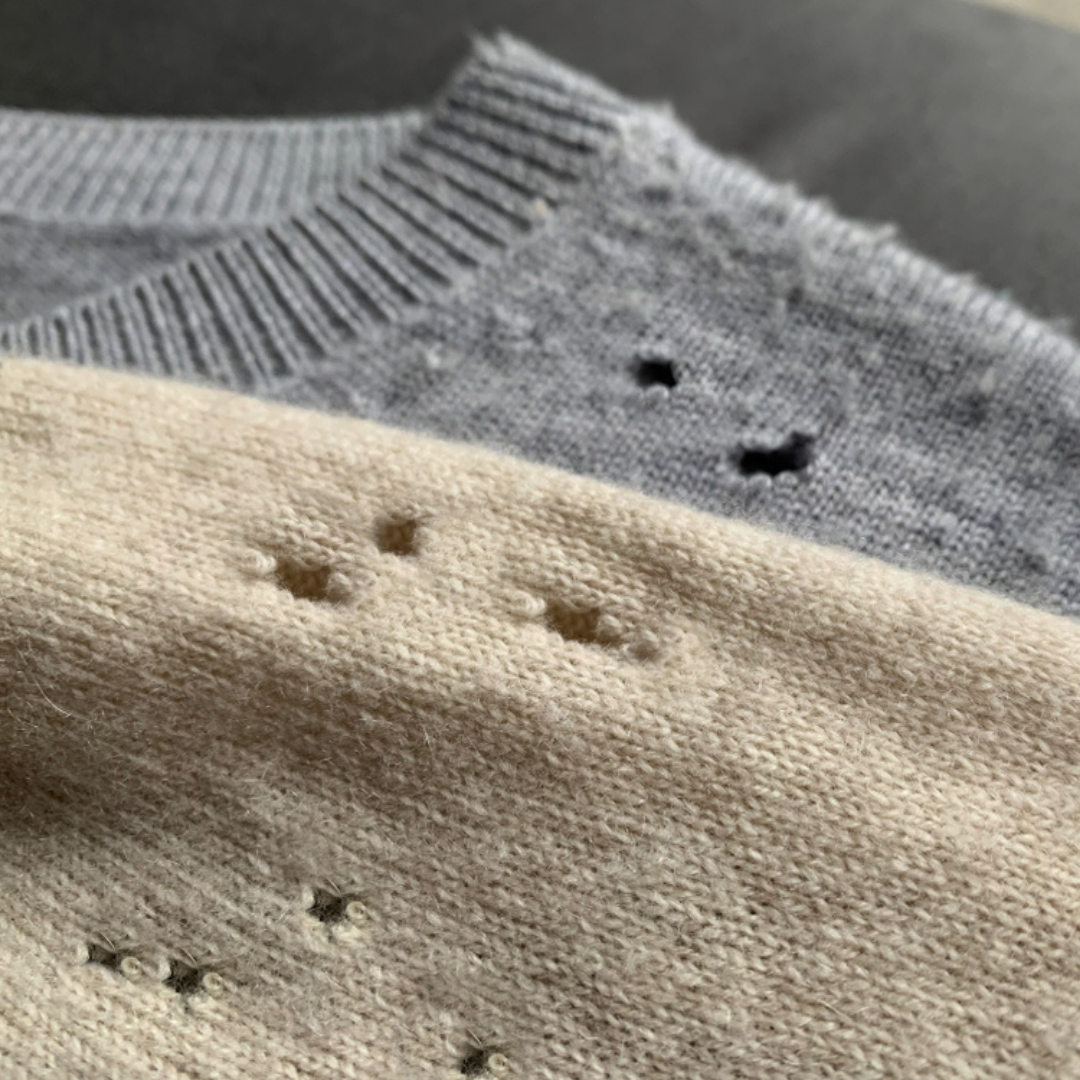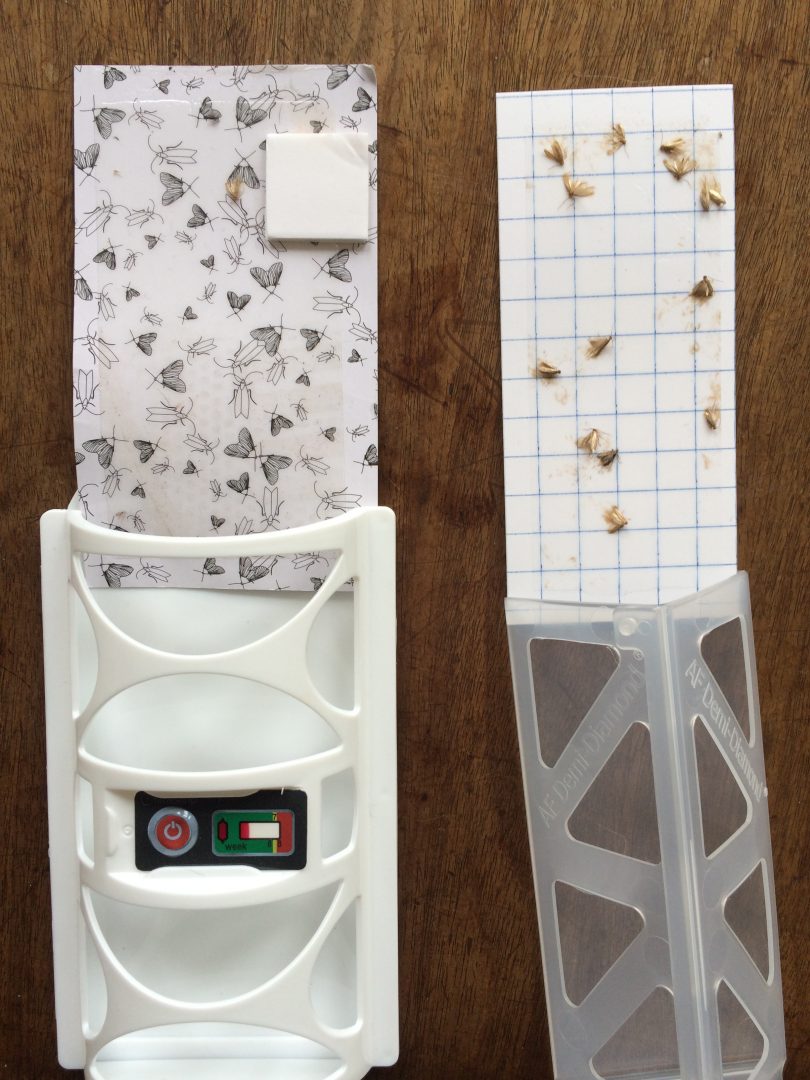
Pheromones Moth Traps, Pheromones and Moth Traps UK
Moth Traps and Pheromone Breeding Control
Pheromones are chemicals which insects and animals use as a means of communication – this could be for mating, for harbouring (aggregation pheromones) and other information.
Monitoring moth numbers present in a property, using pheromone traps, is an essential part of controlling this pest.
These traps come in many shapes and sizes, but essentially work in the same way. Male moths are attracted by the synthetic female sex pheromone to a sticky pad or surface. As they locate the source of the pheromone of course they become stuck to that surface and cannot escape.
With the rise in moth infestations in domestic properties in recent years, a huge market has appeared selling moth control products, often with inaccurate and misleading claims. Moth traps are often sold with misleading claims or inferences, eg:
- They are designed to disrupt the breeding cycle of moths
- Installing traps will give you control over a moth infestation
- The more traps you have in a room the more effective the control will be
NONE OF THESE ARE TRUE
This sort of trap is simply designed as a monitor, and not to control numbers. But they do kill moths, so surely that is helping to control the infestation isn’t it? The problem with this claim is that we are only catching male moths, and not all of them will find the trap before they breed. So, not significantly is the honest answer.
What can they do then?
Monitoring traps can tell us a lot about an infestation, especially on a premises with lots of rooms. They can tell us where to focus our attention, and possibly lead to the infested area or items. They can give us an early warning of an infestation developing before it causes serious damage. And much more…
Not all traps are created equal:

